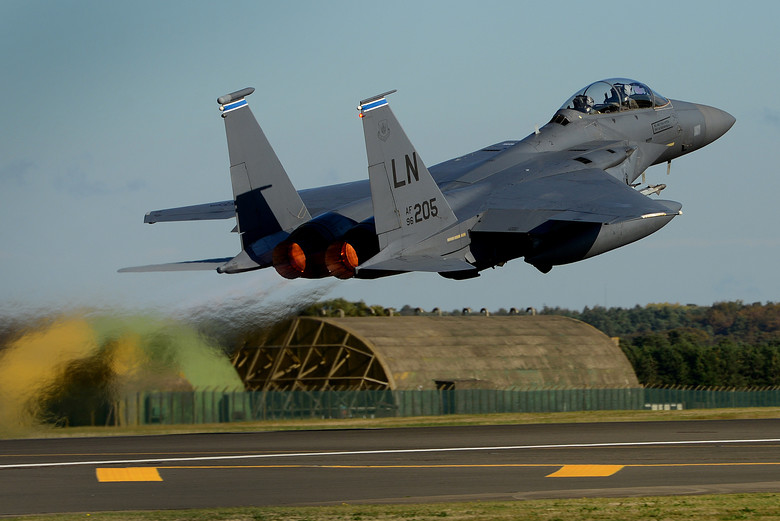Integrating Fire Alarm Control Panels with SCADA for Enhanced Safety
Integrating fire alarm control panels with SCADA systems offers a powerful strategy to boost overall

Barrier Arresting Kits (BAK) are critical for preventing aircraft overruns during emergencies, providing an effective way to bring planes to a controlled stop. These systems typically use a combination of cables, energy absorbers, and tapes to manage kinetic energy and protect both aircraft and runway infrastructure. Several BAK variations exist, each suited to specific operational needs and aircraft types. While the BAK-12, BAK-14, and BAK-15 systems are all part of the same family, the Engineered Material Arresting System (EMAS) offers a notable alternative, especially in civil aviation settings.
The BAK-12 has long served as a reliable, go-to solution worldwide. Designed to accommodate everything from smaller tactical fighters to heavier transport aircraft, it’s often installed at both ends of a runway for additional safety. Its extensive track record includes numerous successful engagements, and its components—energy absorbers, purchase cables, and tapes—have been refined over time for improved performance. Although it requires regular inspections to stay at peak readiness, its versatility and proven reliability make it a mainstay of many military airfields.
The BAK-14 caters to high-performance jets that demand a more robust setup. It shares core design elements with the BAK-12 but is built to handle the greater speeds and kinetic energy associated with modern fighter aircraft. That added strength extends its compatibility across a broad range of airframes, though its most common use remains in military contexts where advanced capabilities are essential. Maintenance routines mirror those of the BAK-12, involving periodic checks of the cables and tapes to ensure they’re ready for the significant loads placed on them.
The BAK-15 addresses a different challenge by targeting unmanned aerial vehicles (UAVs) and smaller, lighter aircraft. Its components are scaled down to deliver effective arrestment without risking damage to delicate UAV airframes. Because it operates on a more compact footprint, the BAK-15 can be especially beneficial at installations with limited space or tighter weight restrictions. Its maintenance requirements tend to be less intensive, given its reduced size and simpler hardware, though regular inspections remain important to guarantee reliable performance.
While not part of the BAK family, the Engineered Material Arresting System (EMAS) stands out as an alternative that uses crushable cellular concrete rather than cables or tapes. Primarily seen in civil aviation, EMAS beds are installed at the runway’s end, where they deform under an aircraft’s weight to absorb energy and gradually bring it to a halt. This design allows for minimal upkeep and can even be environmentally friendly, as the materials are often recyclable. EMAS works particularly well at airports that have limited space or challenging layouts, adding a crucial extra layer of security.
Deciding which arresting system to deploy depends heavily on the type of aircraft involved, the expected performance requirements, and the resources available for installation and maintenance. BAK-12 and BAK-14 remain staples for many military operations, while BAK-15 caters to UAVs and smaller planes. EMAS, on the other hand, provides an efficient solution for civil airports, especially those dealing with tight runway constraints. Each system offers distinct advantages, and the best choice ultimately hinges on matching a solution’s unique features to operational needs. With ongoing innovation in materials and design, these arresting systems continue to play a vital role in global aviation safety.
Integrating fire alarm control panels with SCADA systems offers a powerful strategy to boost overall
Barrier Arresting Kits (BAK) are critical for preventing aircraft overruns during emergencies, providing an effective
Control engineering has come a long way over the past few decades, and new advancements